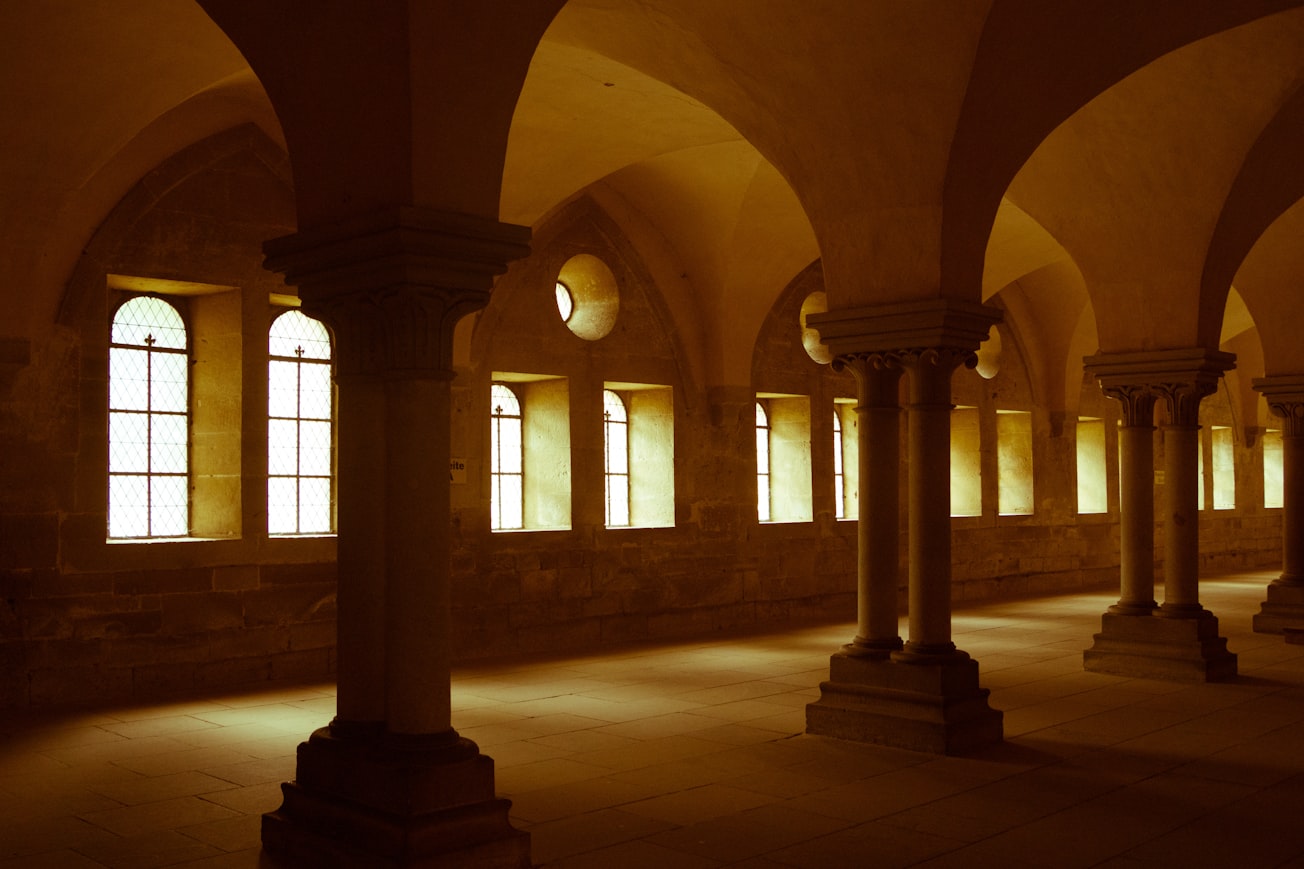What is it about?
The purpose of this paper aims at critically examining Monasterio’s unpublished manuscript, found by Santiago Huerta in the Library of the Escuela de Ingenieros de Caminos, Canales y Puertos of the Universidad Politécnica de Madrid and entitled Nueva teórica sobre el empuje de bóvedas.
Featured Image

Photo by Peter Aschoff on Unsplash
Why is it important?
Monasterio's manuscript has a relevant role within the historical development of pre-elastic theories on vaulted structures since for the first time the topic concerning non-symmetric masonry arches is investigated. Thus, first of entering into the detailed analysis of the manuscript, a brief account of the historical literature concerning the pre-elastic theories on vaulted structures will be given by identifying two significant research lines, namely the kinematic and static approach, the last one first introduced by Coulomb in his Essai of 1773.
Perspectives
In line with the historical kinematic approach, Monasterio a priori identifies the various collapse mechanisms through the permutation criterion of the minimum number of possible relative displacements between voussoirs; then, through an analysis technique extremely succinct and precise, he gives the conditions required for activating the collapse modes by him identified of non-symmetric arches. Although Monasterio’s criterion adopted to find the collapse conditions has only a local and not a global validity, it will be demonstrated that the Scholar is conscious of the critical role of the most important geometric and mechanical parameters. In this respect, with reference to the simple case study of a semi-circular arch of constant thickness, a comparison between Monasterio’s approach and Coulomb’s method is provided. It will be quoted that Coulomb’s method is in full agreement with the plastic theory for standard behavior, and also that its appropriate use, even in the presence of finite friction, allows to obtain a general and complete chart related to the activation of the various collapse modes of symmetric arches, as a function of geometric and mechanical parameters. The examination of the case study shows that also the basic assumptions of the Monasterio’s analysis are fully in agreement with the modern limit analysis, according to a kinematic approach somehow analogous to Virtual Work Principle. Moreover, also his approach allows the construction of a chart to assess overall stability of symmetric arches, through a comparison between the different mechanisms and by providing a relationship between limit friction and arch’s thickness.
Danila Aita
Universita degli Studi di Pisa
Read the Original
This page is a summary of: Revisiting Monasterio’s Unpublished Manuscript: A Critical Review of the Collapse Modes Analysis of Non-Symmetric and Symmetric Masonry Arches, International Journal of Architectural Heritage, October 2019, Taylor & Francis,
DOI: 10.1080/15583058.2019.1648586.
You can read the full text:
Resources
Contributors
The following have contributed to this page










